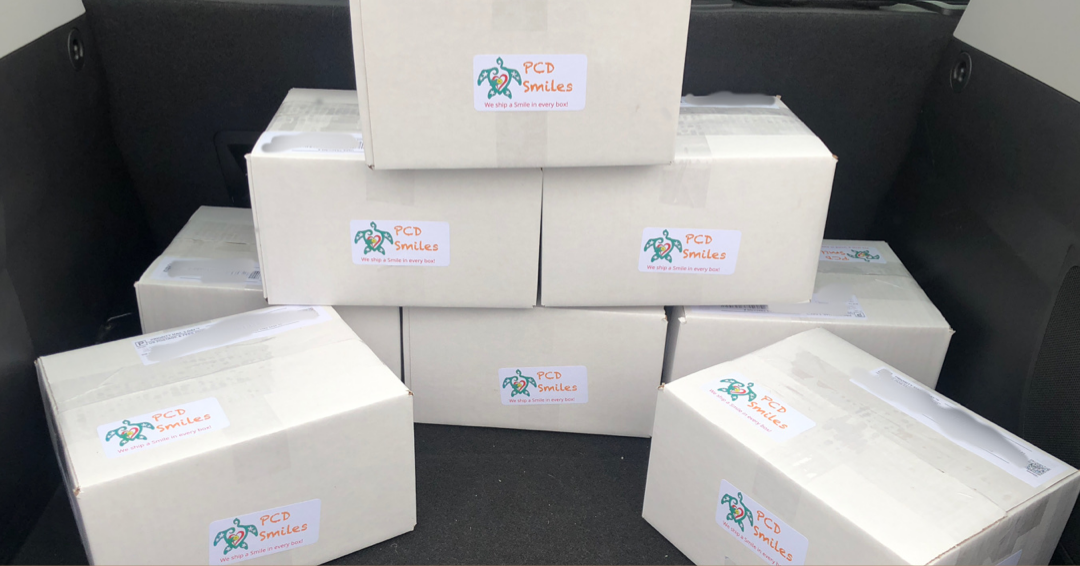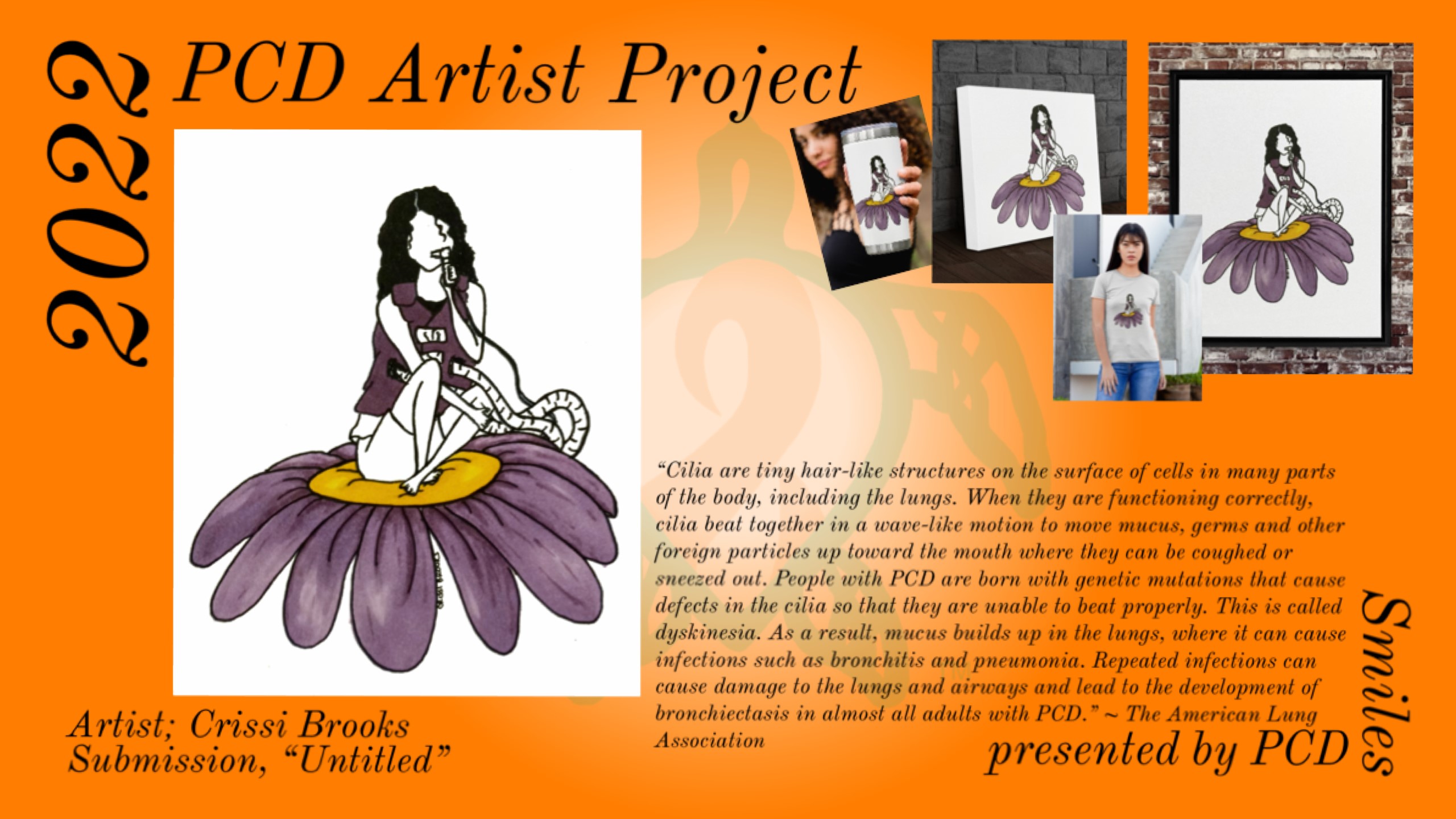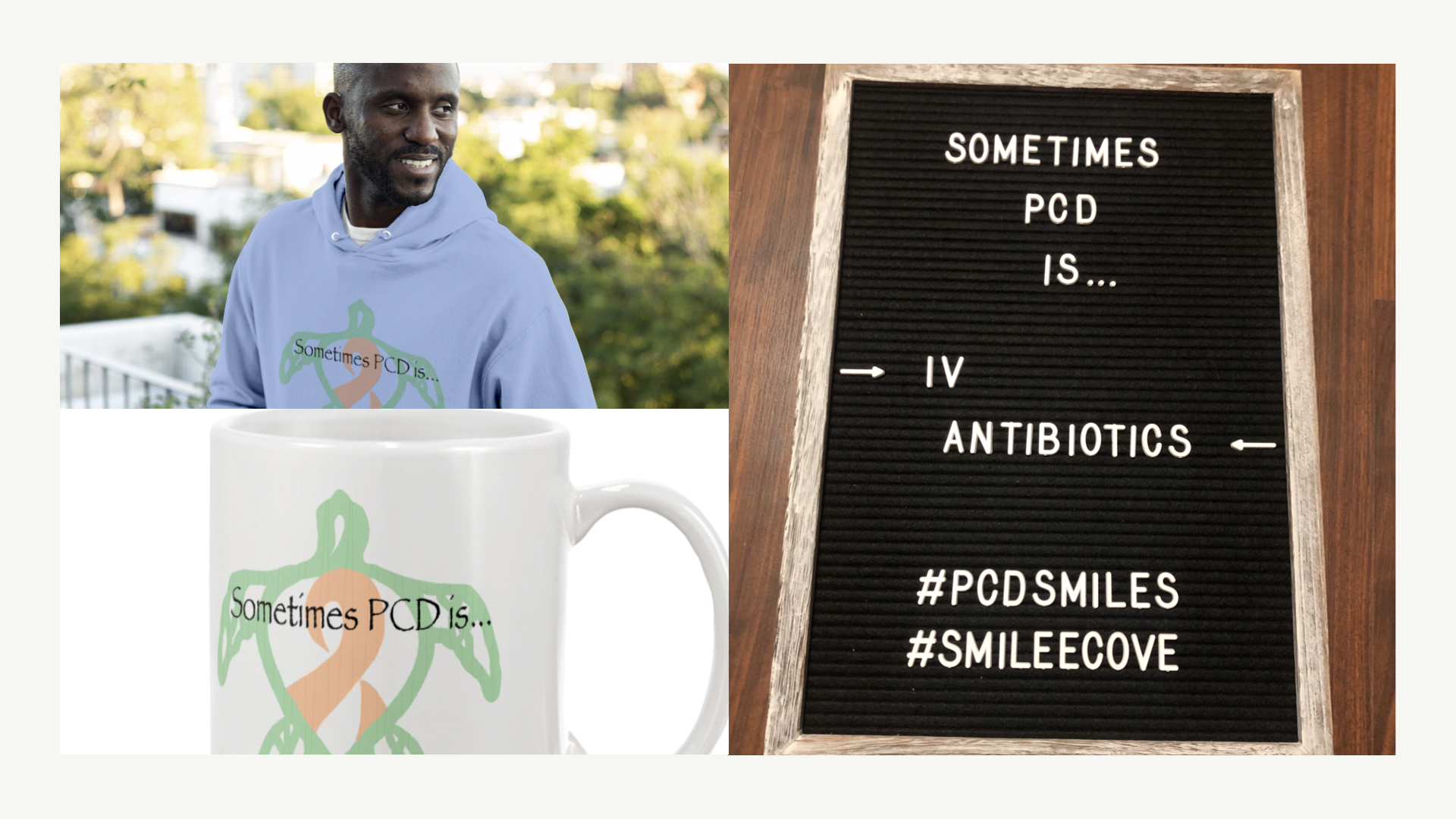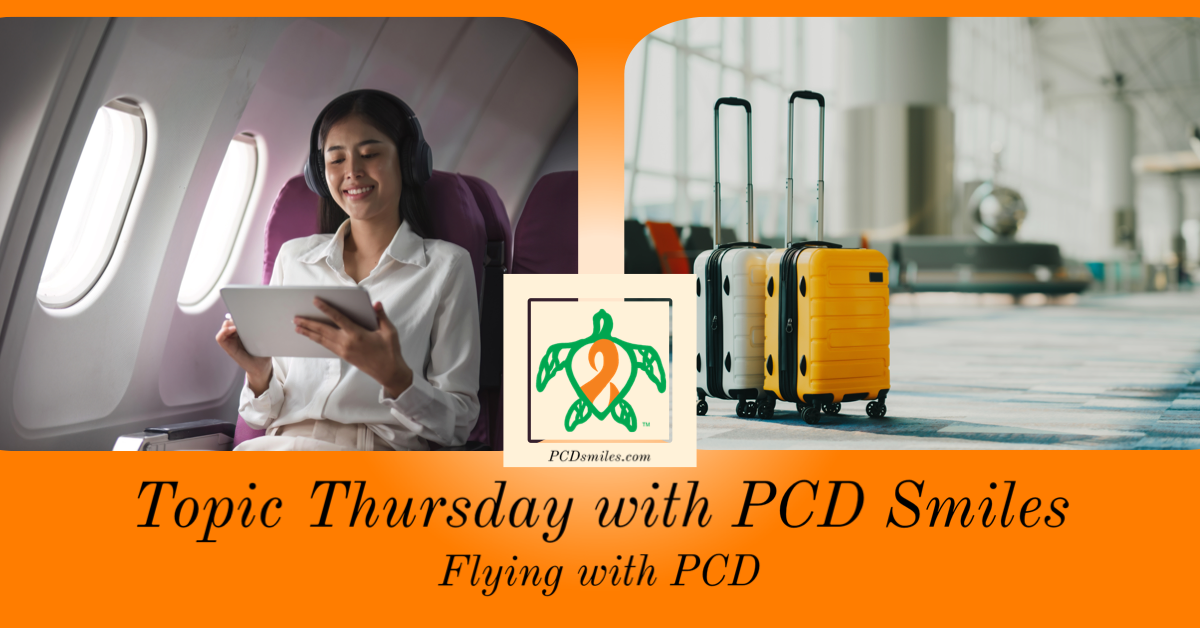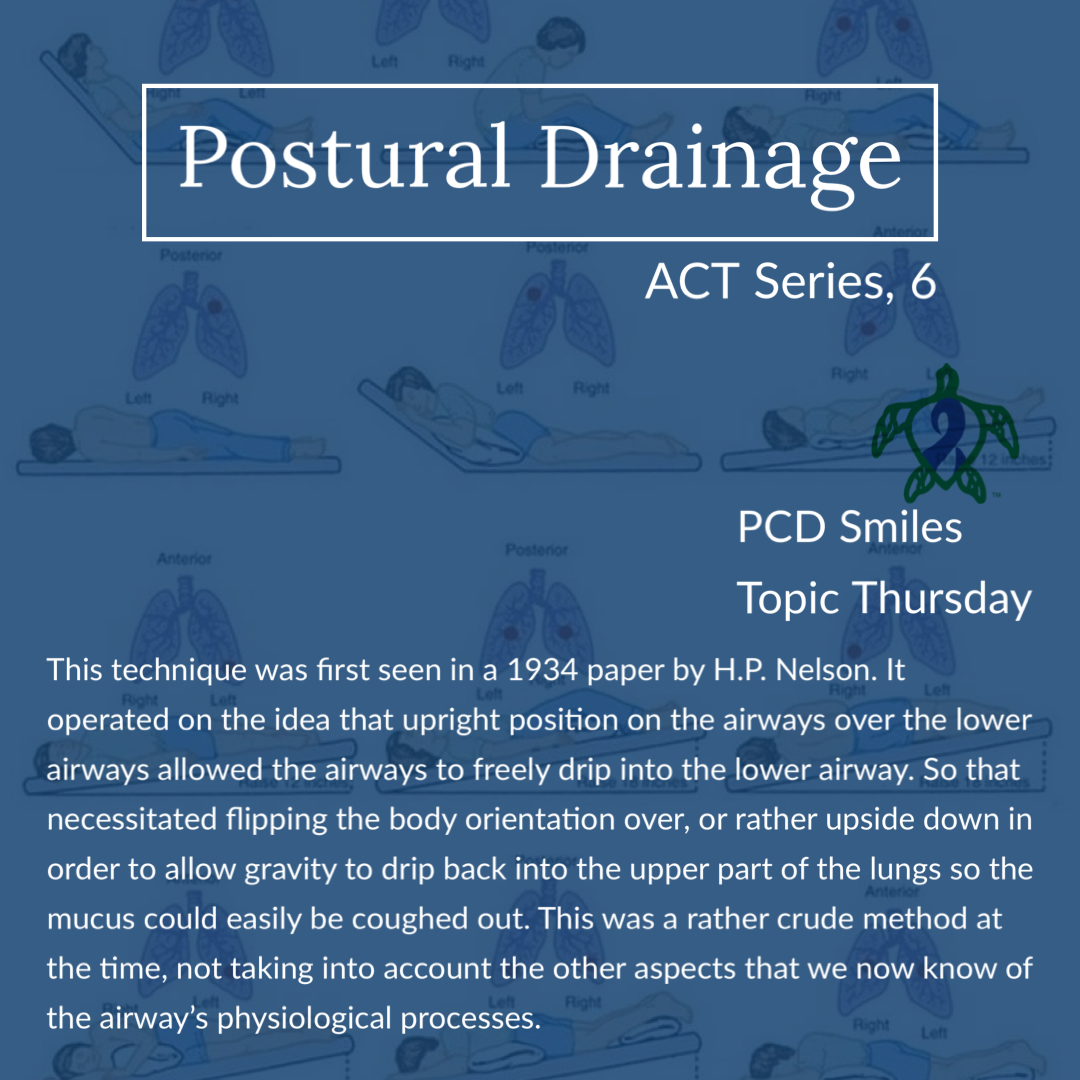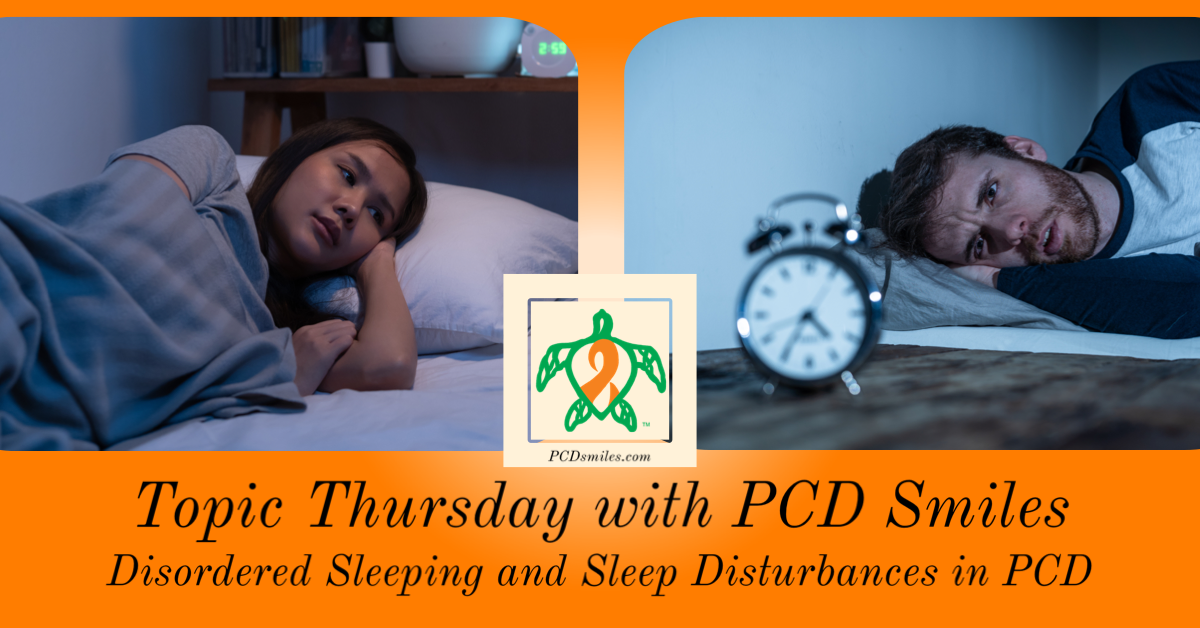What is Ototoxicity? Ototoxicity is basically ear poisoning. The damage in ototoxicity occurs to the inner ear specifically the cochlea or auditory nerve, and oftentimes the vestibular system. Ototoxicity is caused by pharmaceutical drug therapy a majority of the time; including the use prescription medications, over the counter medications, and even supplements. Ototoxicity causes hearing loss and balance disorders; which can cause serious social, communication, and educational issues. The risks of developing ototoxicity is dependent on several factors including use of other ototoxic drugs at the same time, which ototoxic drug is being used, how long the ototoxic drug is being used, and several other factors including but not limited to kidney function. Ototoxicity seems to occur more frequently in adults than children, but those numbers are skewed based on unreliable reporting of ototoxicity instances and the inability of some children to accurately describe their situation to their caregivers and their physicians. Some patients are more susceptible to ototoxicity based on prior frequent usage of ototoxic drugs, their unique genetic factors, and their need to use more than one ototoxic drug at a time based on their unique overall health picture. Furthermore; ototoxicity caused by antibiotics can be and more than likely is permanent, whereas ototoxicity caused by drugs other than antibiotics can be and is most likely temporary.
The term cochleotoxicity can be used to describe the damage done to the auditory system by ototoxic drugs. The damage done to the cochlea can cause complete deafness, hearing loss in the high-frequency range, or hearing loss in any of the ranges in between. Inconsistencies in the data reported regarding coch;leotoxicity make it virtually impossible to pinpoint actual frequency of cochleotoxicity associated with specific drugs. However; “the relationship between cochleotoxicity and drug administration parameters such as dosage, duration of treatment, and serum concentration is highly variable (Barza & Lauermann, 1978; Fausti et al., 1992b; Fausti et al., 1993; Schentag, 1980).” Basically, a physician should not rely solely on lab work and dosage scales to predict a particular patient’s risk for ototoxicity. Hearing screenings and assessments remain the only reliable method for detecting cochleotoxicity. Hearing screenings should be conducted prior to the start of an ototoxic drug to establish a patient’s baseline, and continued hearing screenings should be conducted simultaneously during treatment with an ototoxic drug; at least every three months during treatment. Additionally; it should be noted the ototoxic drugs should not be used as ear drops because the ototoxic drug might diffuse into the inner ear when the tympanic membrane of the inner ear is perforated which increases the risk of ototoxicity.
The term vestibulototoxicity can be used to describe the damage done to the vestibular system by ototoxic drugs. Many physicians do not understand the risk of injuries to the vestibular system from ototoxicity, nor do they seem to appreciate the devastating effects of ototoxicity injuries to the vestibular system. Symptoms of vestibulototoxicity can include disequilibrium, oscillopsia (the perception that viewed stationary objects or surroundings move in harmony with head movement), vertigo, difficulties walking in low light, difficulties walking in darkness, and many other symptoms. Each of these symptoms is related to balance. Simply put; the mind is confused with the direction of motion or lack of motion, and therefore the patient has difficulty seeing and processing images. That is what often leads the patient to describe the feeling of dizziness and wooziness. If the symptoms of vestibulototoxicity appear severe, they will most likely not dimmish over time, but instead will most likely be permanent. The onset of vestibulototoxicity can be sudden or gradual depending on the damage that was done by the ototoxic drug. Additionally, asking the patient to contact their physician at the onset of symptoms is not helpful in monitoring for vestibulototoxicity; as patients do not seem to recognize the exact onset of symptoms with regards to vestibulototoxicity.
PCD or Primary Ciliary Dyskinesia where prompt treatment of infection reduces the risks of progression of the damage done to the body by PCD, puts the PCD patient at higher risk of instances of ototoxicity. Also the likelihood of a patient with PCD culturing rare or unusual infections in their lungs, ears, or sinuses such as pseudomonas aeruginosa, enterobacter species, and nontuberculosis mycobacterial lung infections also increases the risk of ototoxicity to a patient with PCD. This is due to the fact that these types of infections require the use of an antibiotic from the aminoglycoside family. Antibiotics in the aminoglycoside family include gentamicin, tobramycin, streptomycin, amikacin, netilmicin, neomycin, dihydrostreptomycin, kanamycin, ribostamycin, and vancomycin. “Aminoglycosides are among the most efficacious antibiotics used to treat serious Gram-negative infections (Forge and Schacht, 2000).” Approximately ten percent of people taking aminoglycoside antibiotics experience ototoxicity, although up to thirty-three percent has also been reported in adult patients; again these numbers are most likely skewed due to unreliable reporting of instances involving ototoxicity and aminoglycosides. However; aminoglycosides are well known for their potential to cause permanent hearing loss, tinnitus, temporary increase of hearing followed by gradual decrease in hearing loss, permanent vestibular loss, permanent vestibular sensitivity, and or vision issues. Hearing loss onset due to ototoxic drugs can occur after the very first dose, after a few days or weeks, or even several months after completing aminoglycoside therapy. Aminoglycosides given intravenously (by IV) increases the risk of ototoxicity for any patient, not just PCD patients. Whereas aminoglycosides administered by inhaling them using a nebulizer reduces the risk of ototoxicity for any patient, again, not just PCD patients. Furthermore, recent studies indicate that infections that cause systemic inflammation greatly increases the risks of aminoglycoside induced cochleotoxicity. Researchers hope to include that knowledge in future models that are used to predict comorbidity factors and their risks of predisposing a patient to ototoxic drug induced hearing loss. Unfortunately antibiotics from the aminoglycoside family are a necessary evil in the effort to treat infections in PCD and slow the progression of PCD.
The signs and symptoms of ototoxicity are often dizziness, uncoordinated movements, oscillating or bouncing vision, tinnitus or ringing in the ears, an unsteady gait, vertigo, and bilateral or unilateral hearing loss. If you notice any of these symptoms call your physician right away, don’t wait! You and your physician may need to discuss discontinuing the ototoxic drug, lowering the dosage of the ototoxic drug, finding an alternative drug, discuss the benefits of continuing treatment with the ototoxic drug, as well as whether the risks of the ototoxic drug outweigh the benefits of the ototoxic drug in your unique health circumstances. It should also be noted here that you should not discontinue the ototoxic drug, at the first sign of symptoms of ototoxicity, without first discussing the situation with your physician.
The prevention of ototoxicity must be the focal point of managing treatment with an ototoxic drug, as most hearing loss is permanent when the ototoxic drug is an antibiotic. There are no treatments for ototoxicity. Instead efforts and current research projects are aimed at helping the patient cope with the side effects of ototoxicity, and minimizing the risks of potential ototoxicity from offending drugs while maintaining the ototoxic drug’s therapeutic qualities. The American Academy of Audiology recommends ototoxic monitoring to allow for possible prevention and detection of ototoxicity, as well as the rehabilitation of hearing loss through the use of cochlear implants or hearing aids. Physical therapy may help patients regain some balance and walking abilities, or at the very, least help the patient learn to compensate by learning to use adaptive mechanisms.
Be sure to visit us next week for another Topic Thursday!
#PCDsmiles #PCDstyle #TopicThursday #PCDsmilesCookbook
Be sure to visit us next week for another Topic Thursday!
Join our Facebook group Turtle Talk Café today, click here.
We have several ways that you can donate to PCD Smiles;
- Visit Smile E. Turtle's Amazon Wishlist
- For more information on how you can donate, please visit our "Donation" page to check out our "Do & Don't policies.
- Or sponsor a PCD Smiles cheer package today!
- To shop for your “Official” turtle care ribbon gear today, visit PCD Style or Smile E. Cove
Thank you for your consideration!

